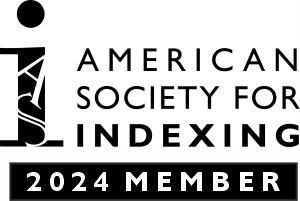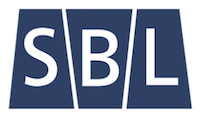There are various metaphors for an index: a roadmap, web, a library catalog, a hallway full of doors. I even sometimes graph out an index, putting what I think of as “vertical topics” (chapters and main sections) on the y-axis and “horizontal topics” (the small incidental themes that pop up over and over throughout the book) on the x-axis. Each metaphor highlights the different functions of an index, as well as the different ways indexers’ brains conceive of the book.
One particularly useful metaphor is that of a mirror — albeit an Alice in Wonderland-esque one — where the index reflects back the book’s contents. This is, appropriately enough, called reflexivity in indexer land, and is an essential part of a well-crafted index.
If Indexer Maxim #1 is, “It depends,” Maxim #2 is, “Follow the text.” But what does this mean?
- Word choice. At its most basic, reflexivity helps with term selection. Not sure how to phrase something? Use the author’s wording. If the author (or authors) use different terms to describe the same thing, like “adolescents” and “teenagers,” following the text can help you choose — just pick the one that’s used more, and make sure to put in a cross reference from the other term. While this can be tricky in cases of the author’s use of outdated or biased terminology, it does provide a solid explanation for word choices in the index.
- Word choice again. A really fun example of reflexivity I saw several years ago was in Mary Newberry’s index for the Harbord Village Oral History Project, presented at the American Society for Indexing’s Annual Conference in June of 2016. To keep the character of the project and allow users to access the human stories, she and her team of indexers used snippets of the recordings in the controlled vocabulary. The top two levels in the taxonomy followed a general controlled vocabulary, with headings like, “Housing & Home Life: Air Conditioning,” but at the third, most specific level, were the snippets: pieces like “old clunker still works.”
- Topic coverage. This one can need explaining to authors, who sometimes expect to see one of two things in the index: Every single word from the book, rearranged in alphabetical order, or only the main thesis, and nothing else. Both of these would result in inadequate indexes. Including a subject or name every time it’s mentioned, whether or not the page contains actual information, is frustrating for a user (more on this in an earlier post). On the other hand, not including information that’s discussed at length in several places in the book, simply because it’s not directly related to the author’s main thesis, does both the author and the potential user a disservice. Consider this example: There’s a scholarly analysis of a poet’s work and how the poems serve as a form of political activism. Throughout the book, there are bits and pieces from interviews with the poet, or from her letters, or from other scholars that mention the poet’s feelings on the practice of writing poetry, and what she considers art. Now, her concept of art and her approach to the craft of poetry aren’t part of her political activism, but not including them in the index might mean the book doesn’t get used or read by someone writing on a biography, or a book about artists and their craft, or any number of other interested readers. Besides, the information was in the book — and discussed at length — so should go in the index. Reflexivity.
Indexes can be powerful tools — for readers and for authors and publishers. They provide many ways for information to be discovered (for readers) or shared (for authors). The index as a sort of funhouse mirror of the text, one that rearranges everything in alphabetical order, can help highlight information that might otherwise stay in the dark.




Leave a Reply